- Search Engine: Google began as a search engine that uses advanced algorithms to provide relevant search results.
- Parent Company: Operated by Alphabet Inc., which encompasses various subsidiaries and services.
- Global Reach: One of the most visited websites in the world, serving billions of queries daily.
- Diverse Services: Offers a wide range of products, including Google Maps, Google Drive, Gmail, and Google Photos.
- AI Integration: Incorporates artificial intelligence and machine learning to enhance user experience.
Features of Google
- Search Functionality: Fast, efficient, and comprehensive search results across various media types (web pages, images, videos).
- Voice Search: Users can perform searches using voice commands, making it accessible and convenient.
- Personalized Results: Uses algorithms to tailor search results based on user preferences and browsing history.
- Local Search: Provides location-based search results, including nearby businesses and services.
- Google Assistant: A virtual assistant that helps users with queries, reminders, and smart home controls.
- Cloud Services: Google Drive offers cloud storage, enabling users to store and share files easily.
- Productivity Tools: Applications like Google Docs, Sheets, and Slides facilitate collaboration and document management.
- Security Features: Advanced security measures, including two-factor authentication, to protect user accounts.
Pros and Cons of Google
Pros
- User-Friendly Interface: Simple and intuitive design makes navigation easy for users of all ages.
- Extensive Database: Access to vast amounts of information from various sources, ensuring comprehensive search results.
- Integration with Other Services: Seamless integration with other Google products enhances functionality and user experience.
- Free Services: Most services, including Gmail and Google Drive, are available at no cost, making them accessible to a wide audience.
- Regular Updates: Continuous improvements and updates enhance performance, security, and features.
Cons
- Privacy Concerns: Data collection practices raise concerns about user privacy and security.
- Dependence on Internet: Requires a stable internet connection for optimal functionality, which can be a limitation in some areas.
- Ad Saturation: Increased presence of ads can detract from the user experience, particularly in search results.
- Limited Offline Functionality: Many services require internet access, reducing usability when offline.
- Complexity of Features: Some advanced features may be difficult for less tech-savvy users to navigate.
Functions of Google
- Web Search: Provides answers to queries, articles, images, videos, and more through an intuitive search interface.
- Image and Video Search: Allows users to find images and videos based on keywords or specific criteria.
- Maps and Navigation: Google Maps offers real-time navigation, traffic updates, and local business information.
- Email Services: Gmail provides a reliable email platform with advanced filtering and organization features.
- File Storage and Sharing: Google Drive allows users to store files in the cloud and share them with others easily.
- Collaboration Tools: Google Workspace applications enable real-time collaboration on documents, spreadsheets, and presentations.
- Calendar and Reminders: Google Calendar helps users manage their schedules and set reminders for important events.
- Advertising Services: Google Ads allows businesses to promote their products and services through targeted advertising.
How to Use Google Apps
- Accessing Google: Visit www.google.com or use the Google app on mobile devices.
- Searching for Information: Enter keywords in the search bar. Use quotes for exact phrases and add operators (e.g., +, -, OR) for refined searches.
- Using Google Maps: Open Google Maps to find locations, get directions, and explore nearby businesses. Enter your destination in the search bar.
- Setting Up Gmail: Create a Gmail account for email services. Use folders and labels to organize your inbox effectively.
- Storing Files with Google Drive: Upload files to Google Drive and organize them into folders. Share files with others using shareable links or email invitations.
- Collaborating in Google Workspace: Use Google Docs, Sheets, or Slides for collaborative work. Share documents with others and edit in real time.
- Utilizing Google Calendar: Create events and set reminders. Share your calendar with others for better coordination.
- Interacting with Google Assistant: Use voice commands to ask questions, set reminders, or control smart home devices. Activate it by saying "Hey Google" or "OK Google."
- Managing Privacy Settings: Review and adjust privacy settings in your Google account to control data sharing and visibility.
- Exploring Google’s Features: Regularly check for new features and updates in Google apps to enhance your experience and productivity.


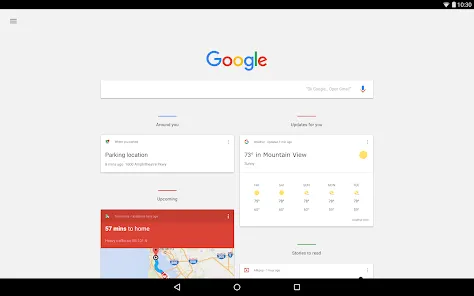
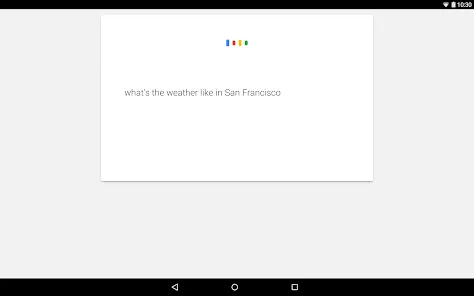
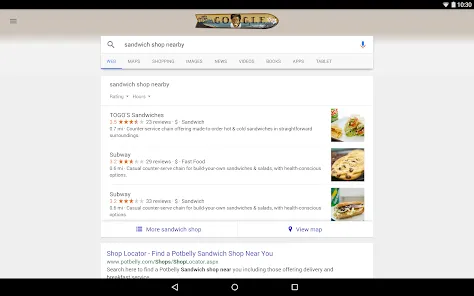
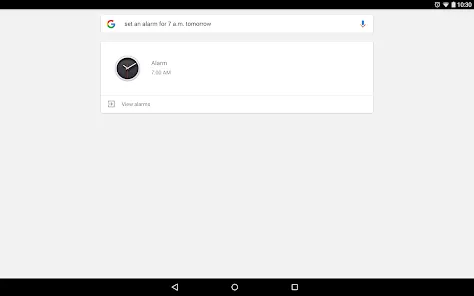
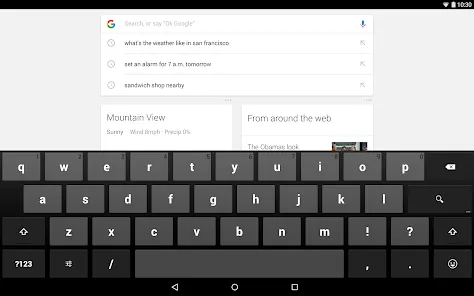

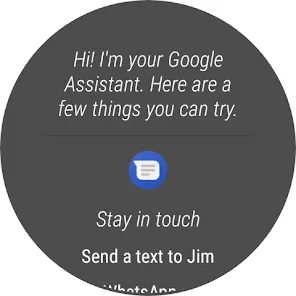




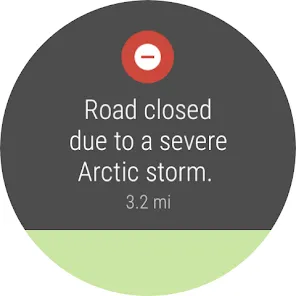
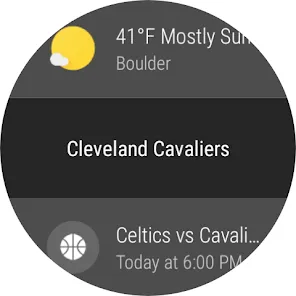










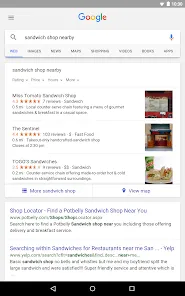

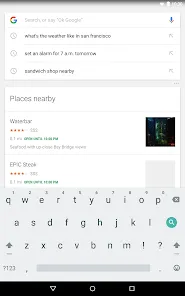


 0
0 



